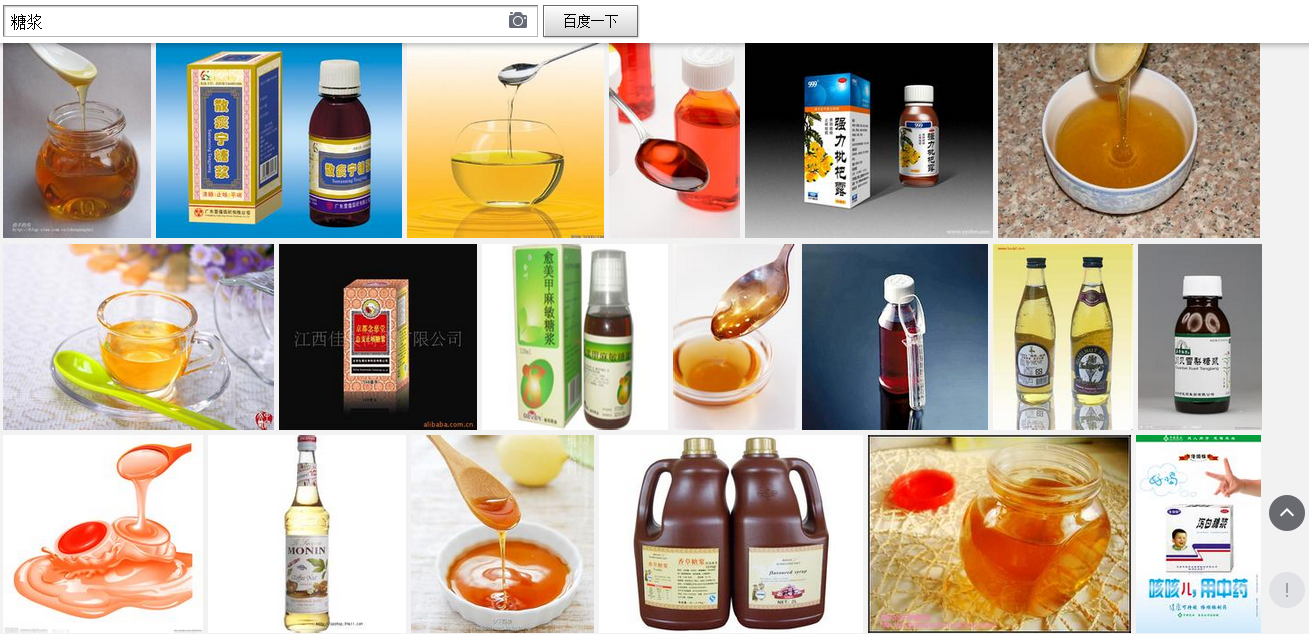I hear a lot of mistakes from my students (Chinese people studying English) in terms of what a T-shirt is. When they talk to me in English, they totally refer to any shirt I'm wearing as "your t-shirt", even though, dude, this is my job, I'm wearing nice professional-looking clothes, I am not wearing a t-shirt. Clearly, whatever Chinese word they are translating as "t-shirt" doesn't mean that at all.
I had the same problem when, in Chinese class, I was taught that 衬衫 [chèn shān] means "shirt." I then proceeded to use it in daily conversations when I was referring to shirts, and I was ALWAYS wrong. It does not mean "shirt"; it means like a nice, professional, button-up dress shirt.
Anyway, I've got a tip for dealing with this kind of situation: image searches. Go to a search engine- preferably one made by the native speakers of your target language- and search whatever unclear word you want to understand. The results should give you an idea of the range of things that count as that word.
Examples:
(I used Baidu, the Chinese equivalent to Google.)
Let's have a look at these 衬衫 [chèn shān] shirts and see what they really are, shall we?
衬衫 [chèn shān]
 |
| Image search results. Click image to view large version. |
Another example: When I got my cat and showed pictures of him to everyone, my Chinese friends kept saying he was a cute little 花猫 [huā māo], whatever that means. 花[huā] means "flower" and 猫[māo] means "cat", so... what?
Turns out 花[huā] can also be used to describe something with a pattern, or an animal with multiple colors. A 花猫 [huā māo] is a multicolored cat.
花猫 [huā māo]
 |
| Image search results. Click image to view large version. |
Same deal with dogs.
花狗 [huā gǒu]
 |
| Image search results. Click image to view large version. |
This is also very good for when you have some western thing and you look up the Chinese name for it in a dictionary. Once you have the name, though, you don't know if the average Chinese person would understand that term to mean whatever foreign thing you mean it as, or at least as an equivalent Chinese item which is the same in all the important ways.
Perhaps you read my post about pancake syrup and how hard it is to find in China. Let's take a look at the supposed Chinese translation of "syrup" and find out if it's really the same thing:
糖浆 [táng jiāng]
Ohhh. Check out the pictures. It generally means liquid medicine. Chinese culture has no pancake syrup.
 |
| Image search results. Click image to view large version. |
Another example: I asked a friend how to say "cookie" in Chinese, and she said "饼干 [bǐng gān]." THIS IS WRONG.
饼干 [bǐng gān]
 |
| Image search results. Click image to view large version. |
Looks to me like 饼干 [bǐng gān] usually refers to crackers. Cookies would also be a type of 饼干 [bǐng gān] because they're not a super-important thing in Chinese culture so they just get lumped in with the crackers.
(And there's more confusion because for some reason, British people think cookies are "biscuits" and then the Chinese students get taught that. It's a mess, huh?)
I've also heard the term 曲奇 [qū qí] used for "cookie." Let's have a look at that one.
曲奇 [qū qí]
Ah, yes, this is a WAY better translation for "cookie." But you'll notice most of the 曲奇 [qū qí] are those shortbread-type cookies, which are sweet enough that they definitely meet the minimum requirements to be a cookie, but not much else. You won't easily find delicious sugary cookies packed with sweet wonderful chocolately goodness (ie, what Americans usually think of when they hear the term "cookie") in China.
 |
| Image search results. Click image to view large version. |
(Dang I miss American food.)
Here's a fun one. 面包 [miàn bāo] means bread (just the kind baked with yeast, not like a pita or flatbread). In America, if you say you're going to buy bread, most people assume you mean sliced bread to make sandwiches. But when you say it in China, they assume it means some kind of pastry-type bakery items, because sandwiches and sliced bread are not so popular in China.
Both the sliced bread and pastry-type bakery items can correctly be called "bread" or "面包 [miàn bāo]". But the assumptions people make about which type of bread you mean are very different in different cultures.
The image searches show you not just the range of things that can be referred to by that name, but also which are most common.
Bread (google search in English this time)
 |
| Image search results. Click image to view large version. |
面包 [miàn bāo]
 |
| Image search results. Click image to view large version. |
I also use this method when I'm teaching English and a question comes up about some obscure color, like turquoise. It's a kind of blue, but it's... hard to describe, right? Go search it and the students can see what color it is.
Use search engines to help with your studying. You'll get a ton of examples, and have a much better idea of what you've actually talking about.
No comments:
Post a Comment